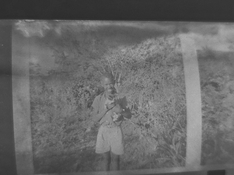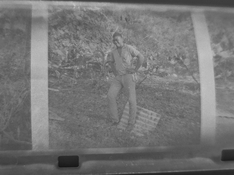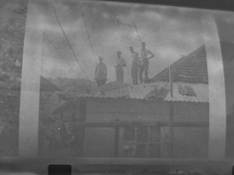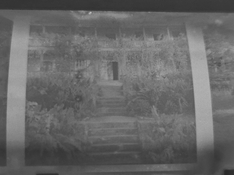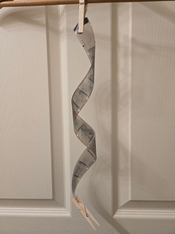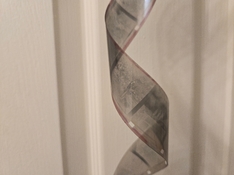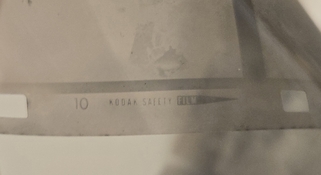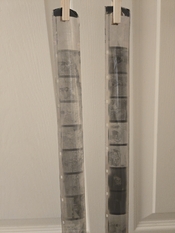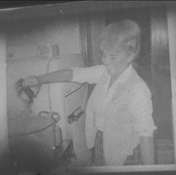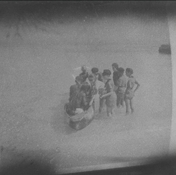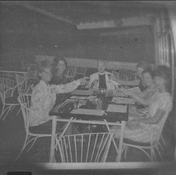I have a short update on this project. From the advice and discussion here, I ordered some HC-110 and developed the mankiest roll from the lot. Since plenty of folks were curious about the result, here's the first pass.
I followed the Verichrome Pan data sheet: developed in HC-110 B @ 18C for 6 minutes, water bath stop, Ilford Rapid fix 1:4 for 5 minutes, photo flo.
The good news: Opening the cartridge gave me no trouble, the paper was not stuck, and it loaded onto my plastic reels very easily. I got a full roll of arguably legible shots, a few samples of which are below. Turns out these are more photos from my dad's time in the Caribbean, dating them from 1961-1965, which is up to 10 years older than I was expecting.
The bad news: The negatives are way underdeveloped. There was lingering anti-halation on the edges, but on the outer part of the roll and not the inner. This It could be the reel, but I doubt it since it wasn't present the whole way through. (I could use a SS reel, but this film is so tightly curled I don't know that it will stay in place.) I only did a 1 minute pre-wash, so I'll do longer next time around. There is evidence of some fungus, but not enough that it diminishes seeing photos my dad shot 60 years ago. It would be easier to tell with better developed negs.
Based on these issues, I plan to re-fix and wash this roll and make the following adjustments for the next one:
- 3 minute pre-wash
- develop 8 minutes at 20C
- fix for 10 minutes
Thanks all for your thoughts, and I'll keep the forum updated as I keep exploring.
Photos attached are just a quick snapshot via my phone with color inversion + bit of clarity on LR for preview purposes.








